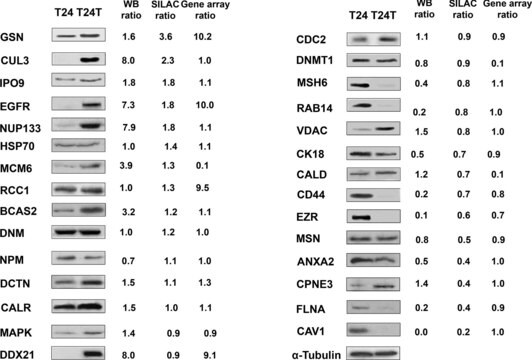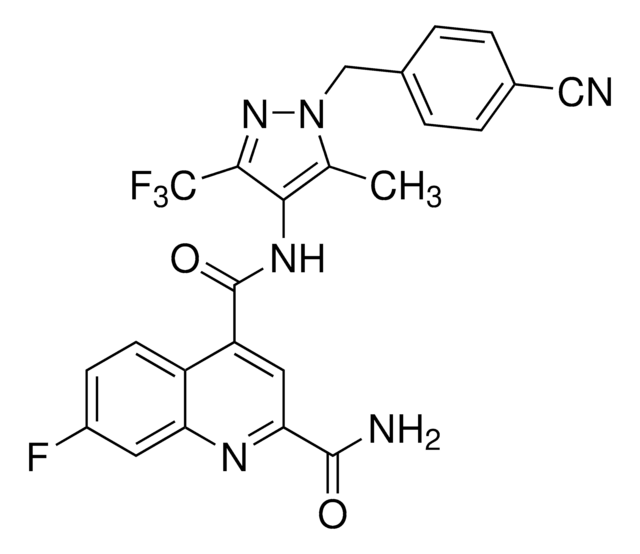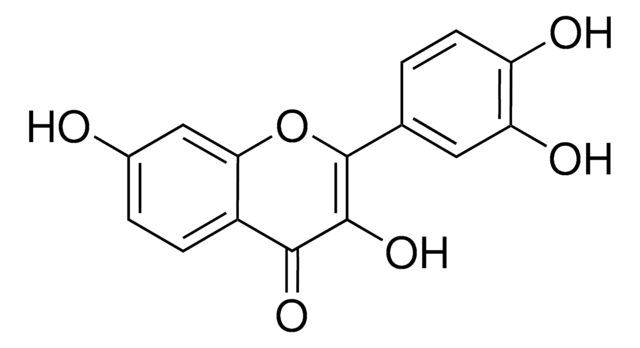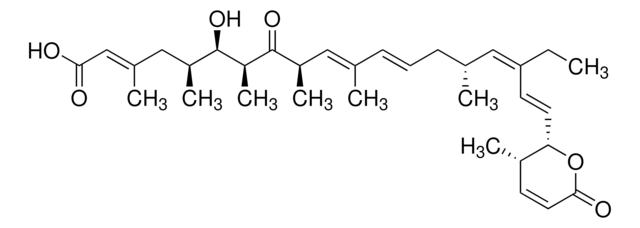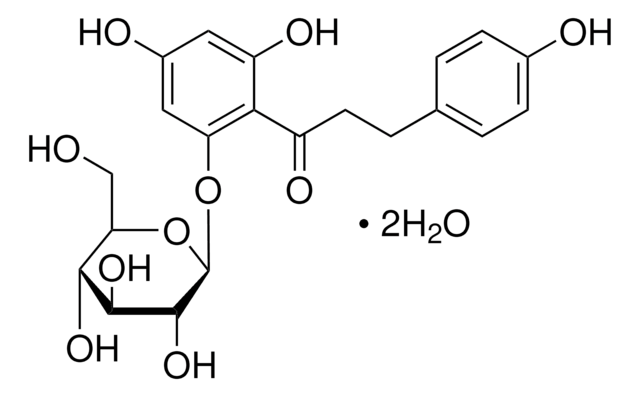F5557
Fasentin
≥98% (HPLC)
Sinónimos:
N-[4-Chloro-3-(trifluoromethyl)phenyl]-3-oxobutanamide
About This Item
Productos recomendados
Nivel de calidad
Ensayo
≥98% (HPLC)
Formulario
powder
color
white to off-white
solubilidad
DMSO: >10 mg/mL
temp. de almacenamiento
room temp
cadena SMILES
CC(=O)CC(=O)Nc1ccc(Cl)c(c1)C(F)(F)F
InChI
1S/C11H9ClF3NO2/c1-6(17)4-10(18)16-7-2-3-9(12)8(5-7)11(13,14)15/h2-3,5H,4H2,1H3,(H,16,18)
Clave InChI
GNYIJZMBLZXJEJ-UHFFFAOYSA-N
Aplicación
Acciones bioquímicas o fisiológicas
Código de clase de almacenamiento
11 - Combustible Solids
Clase de riesgo para el agua (WGK)
WGK 3
Punto de inflamabilidad (°F)
Not applicable
Punto de inflamabilidad (°C)
Not applicable
Elija entre una de las versiones más recientes:
Certificados de análisis (COA)
¿No ve la versión correcta?
Si necesita una versión concreta, puede buscar un certificado específico por el número de lote.
¿Ya tiene este producto?
Encuentre la documentación para los productos que ha comprado recientemente en la Biblioteca de documentos.
Los clientes también vieron
Artículos
We presents an article about the Warburg effect, and how it is the enhanced conversion of glucose to lactate observed in tumor cells, even in the presence of normal levels of oxygen. Otto Heinrich Warburg demonstrated in 1924 that cancer cells show an increased dependence on glycolysis to meet their energy needs, regardless of whether they were well-oxygenated or not.
Nuestro equipo de científicos tiene experiencia en todas las áreas de investigación: Ciencias de la vida, Ciencia de los materiales, Síntesis química, Cromatografía, Analítica y muchas otras.
Póngase en contacto con el Servicio técnico